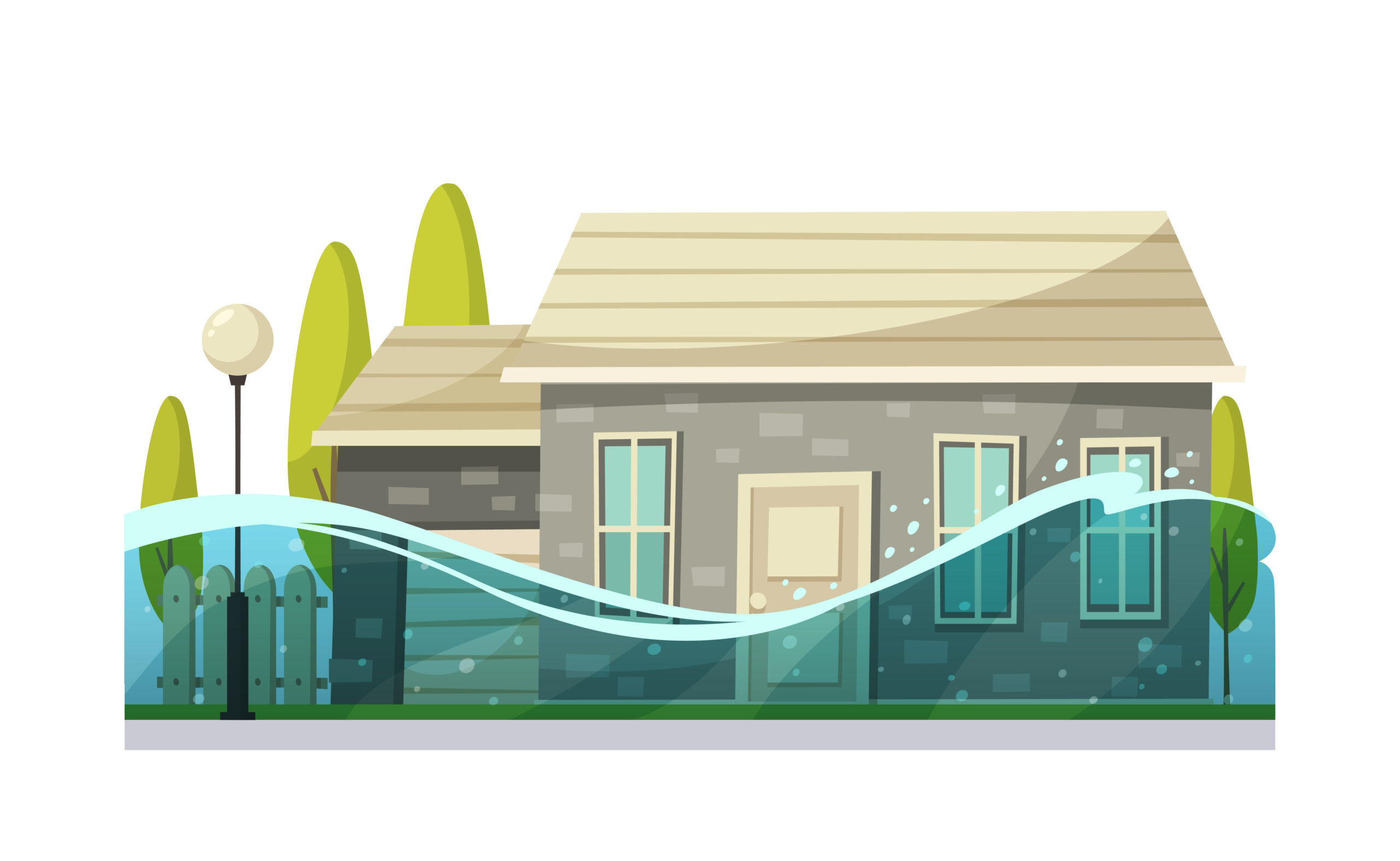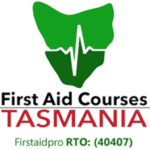Meningitis is a bacterial or viral infection that commonly strikes infants and children, although it can affect people at any age. It is an inflammation of the protective membranes surrounding the brain and spinal cord.
Children ages one month to 5 years old are particularly susceptible to this condition and affect more boys than girls. Meningitis is a medical emergency that requires immediate medical care.
In this article, we’ll take a close look at the cause and treatment of Meningitis.
Meningitis Causes
A variety of microbes (or viruses) can cause Meningitis. Each type has a slightly different cause, but each ultimately acts in the same manner. A bacterium starts spreading the brain through the bloodstream until it reaches the brain or spinal cord. Once there, the bacteria set up linings or fluids around vital body parts and develop into a more severe infection.
Newborns sometimes develop this condition from their mother contracting the infection during the last week of the pregnancy. The rupture of fetal membranes before birth also increases the risk of Meningitis in newborns. Other factors associated with inflammation of the meninges in children include burns, head injuries, and chronic illnesses such as anemia.
Although more common in children, teenagers, adults, and older people are also prone to this infection. It poses a risk particularly to people with weak immune systems, such as people having chemotherapy or people with HIV.
Signs and Symptoms
Early symptoms of Meningitis may mimic flu-like symptoms. It may develop over several hours or a few days.
Common signs and symptoms of this infection include:
- Sudden high fever (influenza symptoms)
- Unusual headaches, mild to severe
- Nausea or vomiting
- Seizures
- Sleepiness or having difficulty waking
- Extreme sensitivity to light
- No appetite or not feeling any thirst
- Skin rash (such as in meningococcal Meningitis)
Signs in Newborns
Meningitis in infants may exhibit different symptoms. Babies may experience a shift in behaviour, become cranky, not eat properly, or have difficulty sleeping or waking up. There may also be fever-like symptoms and the appearance of bulging fontanelle or soft spots in the head.
Other meningitis symptoms in an infant include jaundice (yellowish tint on the skin), body and neck stiffness, weak suck, low body temperature and high-pitched cry.
Immediate medical care is essential if a person, especially a newborn, shows signs of Meningitis. Early treatment can prevent serious complications.
Treatment
Here’s what to do if someone may have Meningitis.
- Call triple zero (000) for emergency help straight away. Do not delay seeking medical help or advice.
- While waiting for help to arrive, start fever treatment to balance the child’s body temperature.
- Look for signs of rashes and do the glass test. Most rashes will fade or go away with pressing the spots using the side of the glass. If they do not fade, ask professionals for the next best steps.
- Reassure the patient and keep them cool. Give plenty of water to replace lost fluids due to sweating.
- Monitor the level of response and stay with the child until help is ready to take over.
Newborns and young children with bacterial Meningitis will stay in the hospital and take intravenous antibiotics. Fever medication will also be given, along with fluids to prevent dehydration.
Certain medications help reduce fever and headache. However, do not give aspirin to a child younger than 19 unless approved by a healthcare provider. Use supplemental oxygen or a breathing machine if the child has difficulty breathing.
Prevention
Widespread immunisation against viruses results in a significant decline in the number of meningitis cases. The Australian Government strongly urges children and adults to be immunised against the organism causing virus.
It is essential to not wait for a rash and other symptoms to appear before testing and raising concern. Learn first aid to help someone who may have Meningitis.









